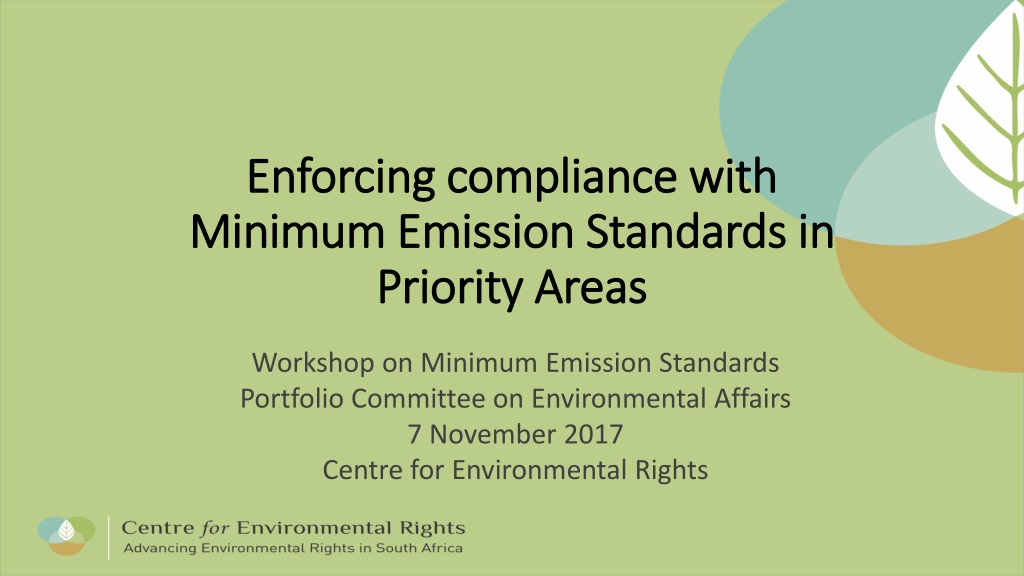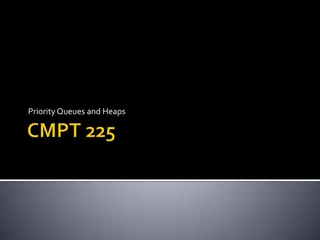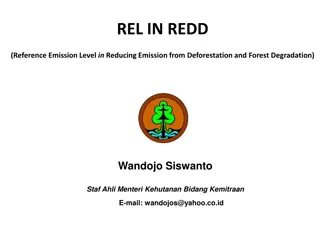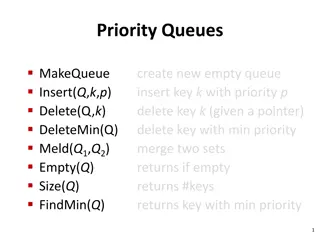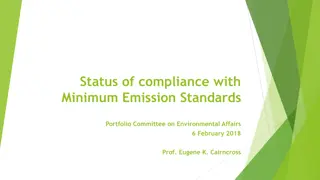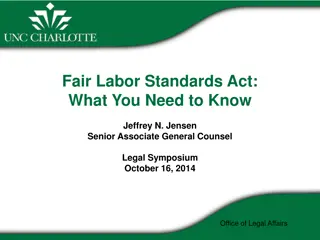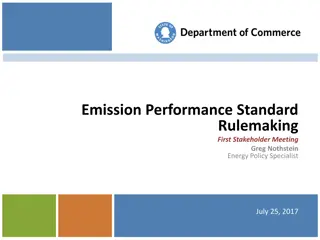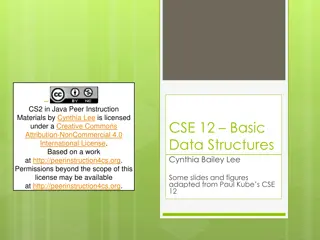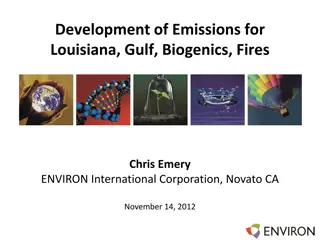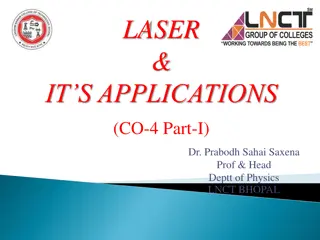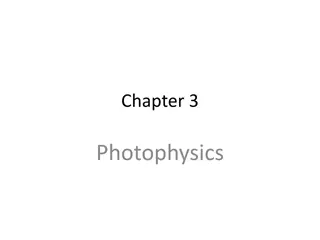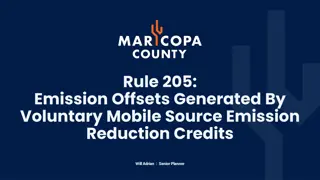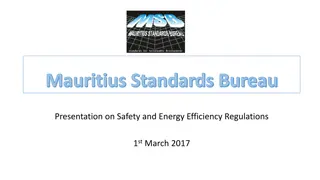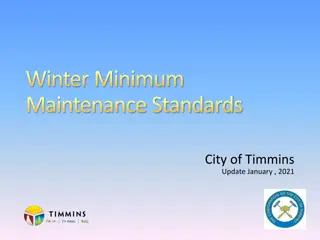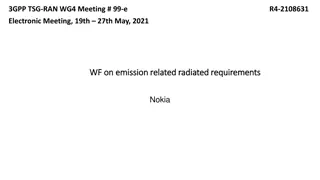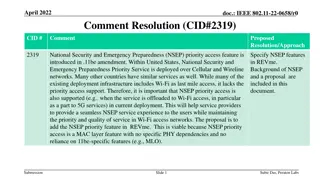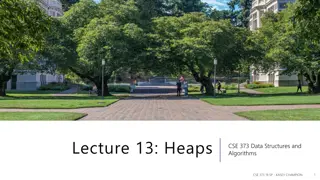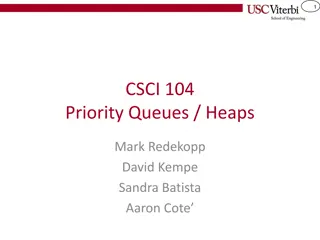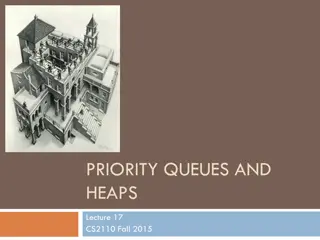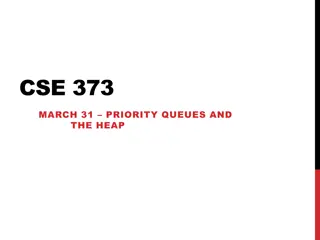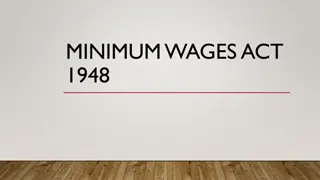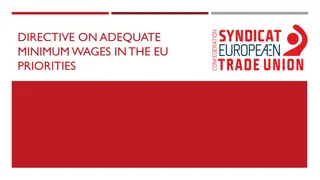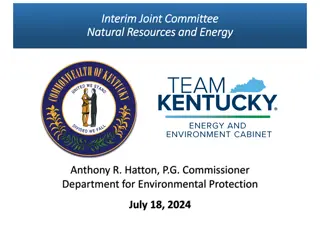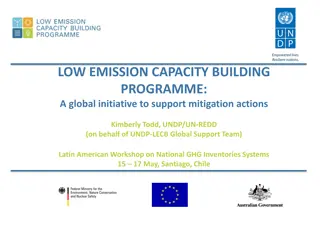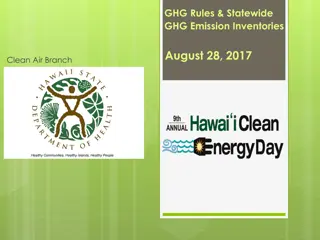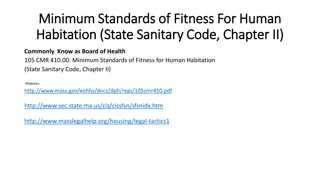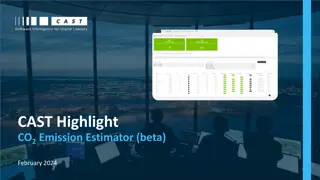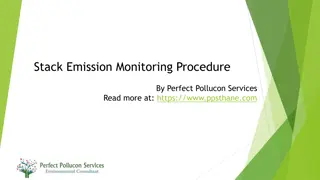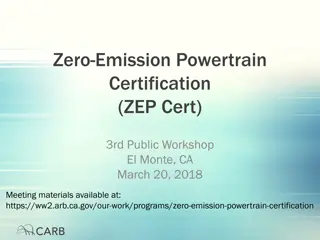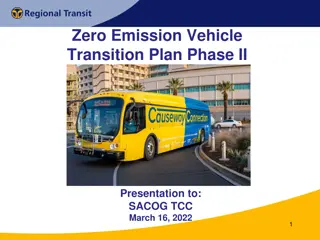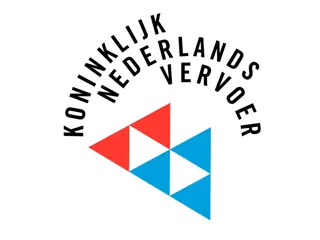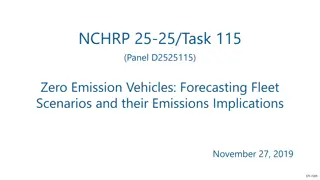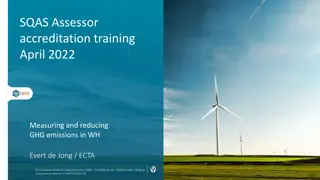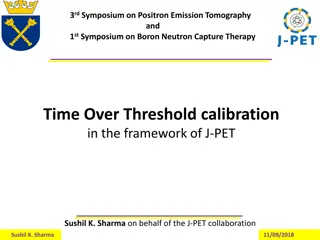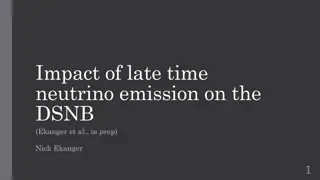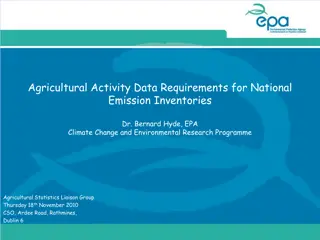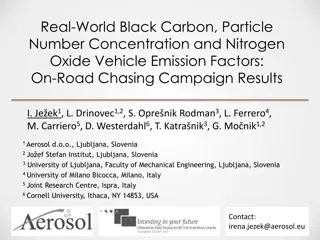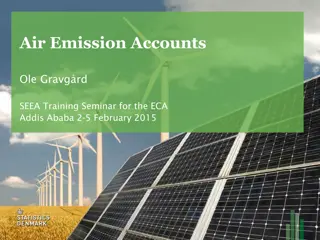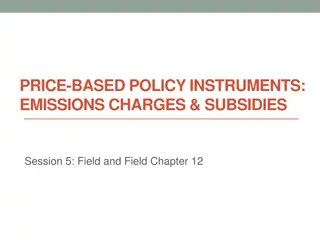Enforcing Compliance with Minimum Emission Standards in Priority Areas Overview
Workshop on the enforcement of minimum emission standards in priority areas, focusing on compliance requirements, challenges faced by key industry players like Eskom and Sasol, and the process of seeking postponements for meeting standards. Detailed insights into the regulatory framework, stakeholder engagement, and legal disputes surrounding emission standards.
Download Presentation

Please find below an Image/Link to download the presentation.
The content on the website is provided AS IS for your information and personal use only. It may not be sold, licensed, or shared on other websites without obtaining consent from the author. Download presentation by click this link. If you encounter any issues during the download, it is possible that the publisher has removed the file from their server.
E N D
Presentation Transcript
Enforcing compliance with Enforcing compliance with Minimum Emission Standards in Minimum Emission Standards in Priority Areas Priority Areas Workshop on Minimum Emission Standards Portfolio Committee on Environmental Affairs 7 November 2017 Centre for Environmental Rights
LIFE AFTER COAL CAMPAIGN LIFE AFTER COAL CAMPAIGN
15 Eskom power stations in 3 Priority 15 Eskom power stations in 3 Priority A Areas reas
Sasol operations in Priority Areas Sasol operations in Priority Areas Secunda Synfuels Operations Secunda Chemicals Operations (HPA) Sasolburg Operations Natref (VTAPA)
MES postponements: some requirements MES postponements: some requirements Air pollution impact assessment Ambient air quality standards (AAQS) in the area are in compliance and will remain in compliance even if the postponement is granted Demonstration that the facility s current and proposed air emissions are not causing and will not cause any adverse impacts on the surrounding environment Detailed justification and reasons for the application Public participation process Application submitted at least 1 year before compliance date
MES postponements: quick overview MES postponements: quick overview Despite detailed participation in the extensive, collaborative multi- stakeholder process setting MES over some 5 years, both Eskom and Sasol initially applied to be exempt from the MES which the Minister rejected as being legally impermissible. Both then applied for wide-ranging postponements; met with vigorous, detailed objections: the negative health impacts of granting postponements were shown to be devastating, and applications did not comply with the requirements. May 2014: Sasol sued Minister and National Air Quality Officer (NAQO), seeking to set aside the MES, while postponement decisions pending. DEA opposed, defending the MES. Feb 2015: postponements largely granted by the NAQO. Sasol then withdraw its litigation.
MES postponements: rationale MES postponements: rationale Minister indicated that: Postponements provide an opportunity for industry to take the necessary action and retrofit their plants to enable them to comply with the standards in the near future. In all cases, the applicants were strictly required to submit compliance road-maps that indicate when they envisage to have completed their tasks regarding investments in pollution control technologies and they submitted this information. As such the decisions made were in view of planned future compliance . Eskom s compliance roadmap shows it will never comply fully with the MES nor does it intend to do so. Medupi is the only CFPS that definitely plans to retrofit flue gas desulphurisation (FGD) technology (to abate SO2 emissions); which commitment stems from the World Bank loan conditions. It appears that the first FGD retrofit may be delayed until 2023.
MES postponements: offsets MES postponements: offsets Air quality offsets a condition of the Eskom (apart from at Matimba and Medupi) and Sasol postponements: Eskom: in addition, you are to implement an offset programme to reduce PM pollution in the ambient/receiving environment. A definite offset implementation plan is expected from yourselves by 31 March 2016 . Sasol: In addition, Sasol is required to implement an offset programme to reduce PM and SO2 pollution in the ambient/receiving environment. A definite offset implementation plan is expected from Sasol by 30 June 2015 . Over a year later, Air Quality Offset Guideline was published, recommending offsets where MES postponements are granted. Dispute that offsets can be implemented as an alternative to compliance with the law (nor do they meet the principles of offsetting rather egs of corporate social responsibility projects). After the postponements were granted, the relevant atmospheric emission licences (AELs) were varied to incorporate the relaxed emission standards and the air quality offsets.
Air quality three years later Air quality three years later Almost 3 years later: air pollution remains high in the Priority Areas. DEA s draft mid-term review (MTR) of the HPA Air Quality Management Plan (AQMP) confirms that, despite some 10 years since the HPA s declaration, there is little, if any, improvement: air quality remains poor, with numerous exceedances of the health-based AAQS. 2017 DEA State of the Air Report: many South Africans may be breathing air that is harmful to their health and well-being especially in the priority areas . NAQO decision to grant MES postponements to Eskom and Sasol, had a significant negative impact on the HPA s prospects of ever meeting its main goal of reducing air pollution to meet the AAQS. As the 2 largest emitters in the HPA, ensuring that both entities comply at least with the MES should make a significant contribution to lowering the excessive air pollution in the HPA.
Broken Promises demands Broken Promises demands Broken Promises: The failure of South Africa s priority areas for air pollution October 2017 report showed that air pollution remains high in the HPA, 10 years after its declaration. Found that HPA has, to date, dismally failed in its purpose: to improve air quality so that it at least meets the AAQS. HPA residents are having their constitutional rights to an environment not harmful to health and wellbeing violated. The significant air pollution means that people are dying prematurely, and suffering from respiratory and cardiac illnesses that inhibit their prosperity and wellbeing. Set out various demands - minimum required for the DEA to meet its constitutional obligations under section 24 (the environmental right) and for all authorities to meet their obligations under the Air Quality Act (AQA). Focussed on HPA, but demands apply more broadly. Although a response to these demands was promised by the DEA by 11 October 2017, to date, no response has been forthcoming.
Given the continued AAQS non-compliance, immediate steps must be taken to reduce emissions of pollutants: All HPA facilities must comply at least with the MES, but ideally with stricter emission limits. Having heard representations from the facilities and affected communities, the NAQO should use her AQA powers to consider withdrawing the MES postponements granted to Eskom and Sasol. No further postponements of MES compliance or other licence variations that permit exceedances of licence emission standards should be allowed. Licensing authorities must suspend the issuing of all new AELs in the HPA until there is consistent compliance with all NAAQS. Approval and licensing of any expansion plans of existing industries must be contingent on a simultaneous substantial reduction in emissions. When facilities reach their scheduled end-of-life (esp. certain Eskom CFPSs), AELs must be withdrawn, and decommissioning and rehabilitation enforced. The Dust Control Regulations must be amended to ensure adequate monitoring, measurement, and reduction of the significant dust emissions in the HPA, particularly from mining sources.
Additional MES postponements made Additional MES postponements made AAQS non-compliance exacerbated by further MES postponements made by both Eskom and Sasol, although their operations are in Priority Areas which are already out of compliance with AAQS. Sasol has applied for various MES additional postponements at its Sasolburg, Secunda and Natref operations. In various instances, having been granted a shorter postponement than the requested 5 years, Sasol has applied for further postponements of compliance. Eskom has also already reapplied for postponements of 2015 SO2 MES for Medupi and Matimba although those MES have been in operation for more than 2-and-a-half years and the NAQO refused that application in early 2015.
Additional MES postponements planned Additional MES postponements planned Eskom s Air Quality Improvement Plan states that it will apply for postponements in 2018/19 and in 2023/24. It takes the view that future postponements will be successful if these are aligned with the retrofit plan committed to government . It identifies, as a key assumption of their Environmental Management Strategy, that MES postponements will be granted for a further 5 years. Eskom only intends to be 57% MES compliant by 2025; indicating that full compliance will cost more than R300bn. But it has identified significant financial savings on the required emission reduction costs by using different technology options, with the revised compliance cost being R107bn (capital cost) and 1.8bn (opex costs). Although this new plan apparently does not meet all of Eskom s original commitments, Eskom is proactively engaging with authorities to address the risk of further postponements not being granted. They intend to negotiate with authorities on changes in air quality technology and delayed implementation.
Eskom has been explicit in its intentions to apply for rolling postponements reapplying for postponements (particularly in relation to the 2020 MES for SO2) until its stations are eventually decommissioned. Rolling postponements are illegal, as exemptions from minimum standards are not legally permissible. Responses to requests for documents for Eskom take many months, and access is regularly refused either to the complete record or portions of the document. Eskom has partially refused access to the request for documents regarding the timing and costs of their planned retrofits. Although, in the absence of detailed credible estimates of costs, we cannot confirm the accuracy of the costs Eskom cites, we can understand the reluctance to spend vast sums of money retrofitting stations that will be decommissioned in the near future. However, it is extremely difficult to ascertain Eskom s true plans in relation to the life-spans of its CFPSs.
Eskoms plans for its CFPSs? Eskom s plans for its CFPSs? Eskom has, in the past indicated that it will extend the CFPSs lives, but on other occasions, said that it may decommission a few stations early. Air Quality Improvement Plan assumes a 60-year life for its CFPSs although these have 50-year design lifespans and the Department of Energy s Integrated Resource Plan for Electricity assumes 50-year lives for the CFPSs. Eskom s 2017 Integrated Report: no decision on the possible decommissioning of CFPSs has been made - Eskom has no decommissioning plans or funding for the environmental impact assessments required for decommissioning. Feasibility studies underway to reassess the lifespan of power stations, to inform the available options, such as cold reserve, lean preservation, mothballing or decommissioning of stations. We were refused access to key components of the life-extension feasibility study, and to the whole socio- economic impact assessment for early closure of CFPSs.
Integrated report: Hendrina, Grootvlei and Komati will be ramped down to zero production and placed in lean preservation to minimise surplus capacity and optimally manage generation costs: Hendrina in 2018/19, Grootvlei in 2019/20 and Komati in 2020/21. Units at Grootvlei and Komati Power Stations have been placed in extended cold reserve (taken offline) with a callback time of 5 days. Eskom also points out that the IRP will play a major role in determining the future of its CFPSs. Quite apart from the multiple other benefits of renewable energy over coal for human health, water, land, and the climate CSIR research shows that the share of renewable energy in an electricity mix that would also be the least cost for SA could grow to above 90% by 2050. Research by Meridian Economics presented at the NERSA hearings reveals that it is possible to decommission Grootvlei, Hendrina, and Komati and avoid the completion of Kusile Units 5 & 6, giving rise to a financial saving in the region of R17bn. For those stations, the study determined that it was cheaper to provide the services from other resources.
Clear from our own analysis of Eskoms compliance with their AELs over the period 1 April 2015 to 31 March 2016 (conducted by Prof Cairncross) - that they are not even meeting the relaxed emission standards. 31 May 2017: wrote to senior DEA officials and provided Prof Cairncross s report. This report was also presented at a meeting with the Department and licensing authorities, and was not disputed. However, it does not appear that any meaningful action has been taken against Eskom. On the contrary, Eskom seems quite confident that it will be granted additional postponement applications.
Conclusion and recommendations Conclusion and recommendations Although the provision for MES postponements was intended to provide industries with an opportunity to come into compliance with the MES within, at most, a 5 year period; in practice, it appears that this provision has been abused. DEA at Air Quality Lekgotla: In our view, the shortcomings highlighted above have resulted in the abuse of the provisions, and by extension undermines section 24 of the Constitution of the Republic of South Africa, 1996 as well as the objectives of the [AQA] Proposed possible amendments postponements were granted as a once-off and/or to provide for legal consequences for non-compliance with emission standards during the period of the postponement Indicated that compliance with emission standards is generally low : only 5 of 21 facilities inspected were proactively fully compliant to the process: to clarify that all
Sasol and Eskom, as the countrys 2 biggest polluters, have already applied for additional postponements, and intend to continue to make further applications, despite being located in Priority Areas, in which high air pollution levels negatively impact human health and the constitutional environmental right. Eskom is not even complying with its relaxed emission standards, and there is no clear indication when it will close its non-compliant CFPSs. To limit further violations of constitutional rights, the DEA should take the steps identified in Broken Promises, starting with undertakings to review existing postponements in Priority Areas and not to grant further postponements in Priority Areas.
Centre for Environmental Rights Pollution & Climate Change Programme Tel: 021 447 1647 Email: rhugo@cer.org.za Web: www.cer.org.za Facebook: @CentreEnvironmentalRights Twitter @CentreEnvRights
